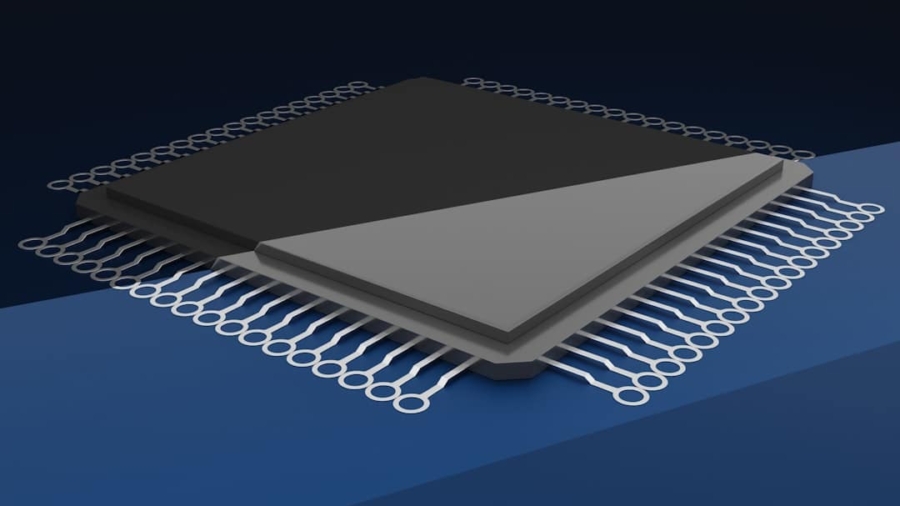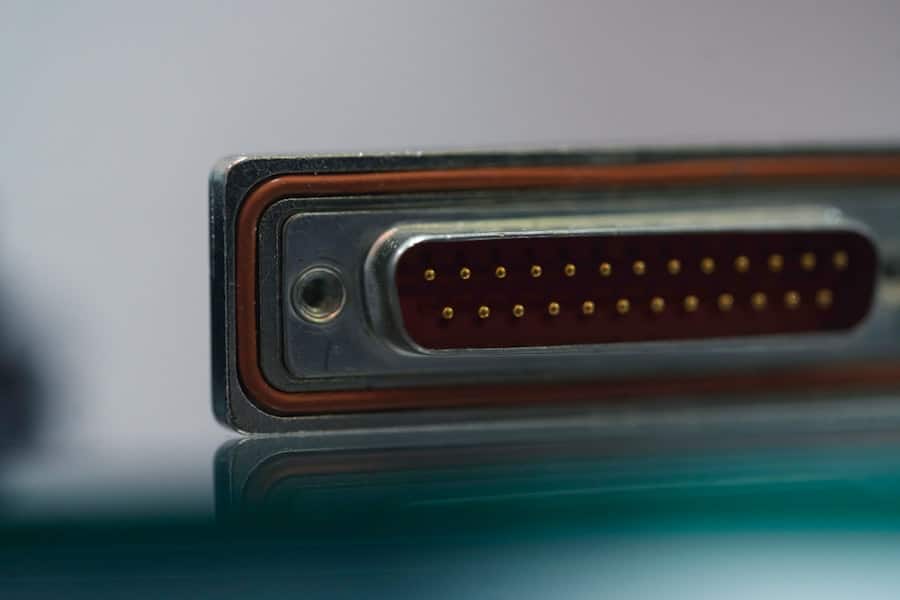Flexible electronics represent a transformative leap in the field of technology, characterized by the ability to bend, stretch, and conform to various shapes while maintaining functionality. Unlike traditional rigid electronic components, flexible electronics utilize materials such as organic semiconductors, conductive polymers, and thin-film transistors, which allow for a lightweight and adaptable design. This innovation has opened up new avenues for the integration of electronics into everyday objects, paving the way for a myriad of applications, particularly in the realm of wearable devices.
The evolution of flexible electronics is not merely a technical advancement; it signifies a paradigm shift in how we interact with technology, enabling devices that are more intuitive and seamlessly integrated into our daily lives. The development of flexible electronics has been propelled by advancements in materials science and engineering. Researchers have made significant strides in creating substrates that are not only flexible but also durable and capable of withstanding various environmental conditions.
This has led to the emergence of devices that can be worn on the body without compromising comfort or usability. As the demand for more personalized and health-oriented technology continues to rise, flexible electronics are poised to play a crucial role in shaping the future of wearable devices, offering solutions that are both innovative and practical.
Key Takeaways
- Flexible electronics are a new and innovative technology that allows for the creation of electronic devices that can bend, stretch, and conform to different shapes.
- The advantages of flexible electronics in wearable device design include lightweight, comfortable, and durable devices that can be seamlessly integrated into clothing and accessories.
- Flexible electronics have had a significant impact on the health and fitness industry, enabling the development of wearable devices that can monitor vital signs, track physical activity, and provide real-time feedback to users.
- In fashion and lifestyle wearables, flexible electronics have revolutionized the design of smart clothing, accessories, and jewelry, allowing for the integration of technology without compromising style or comfort.
- While flexible electronics offer many benefits, there are also challenges and limitations in terms of durability, performance, and mass production that need to be addressed in wearable device design.
The Advantages of Flexible Electronics in Wearable Device Design
One of the most significant advantages of flexible electronics in wearable device design is their ability to conform to the human body. This adaptability allows for the creation of devices that can be worn comfortably for extended periods, which is essential for applications such as health monitoring and fitness tracking. For instance, flexible sensors can be integrated into clothing or accessories, providing real-time data on physiological parameters like heart rate, temperature, and even hydration levels.
This seamless integration not only enhances user experience but also encourages consistent usage, which is vital for effective health management. Moreover, flexible electronics enable the development of lightweight devices that do not hinder movement or daily activities. Traditional wearable devices often come with bulkier components that can be cumbersome or uncomfortable.
In contrast, flexible electronics can be designed to be ultra-thin and lightweight, making them ideal for applications in sports and fitness. Athletes can benefit from smart fabrics embedded with sensors that monitor performance metrics without the distraction of heavy equipment. This capability not only improves performance tracking but also fosters a more engaging experience for users who seek to optimize their physical activities.
The Impact of Flexible Electronics on the Health and Fitness Industry
The health and fitness industry has experienced a significant transformation due to the advent of flexible electronics. These technologies have enabled the creation of sophisticated wearable devices that provide continuous health monitoring and data collection. For example, smart patches equipped with flexible sensors can monitor vital signs such as heart rate variability, blood oxygen levels, and even glucose levels in diabetic patients.
This real-time data collection allows for proactive health management, enabling users to make informed decisions about their well-being. Additionally, flexible electronics facilitate personalized health solutions tailored to individual needs. With the integration of artificial intelligence and machine learning algorithms, wearable devices can analyze collected data to provide insights and recommendations specific to each user.
For instance, a fitness tracker might suggest personalized workout regimens based on an individual’s activity levels and health metrics. This level of customization not only enhances user engagement but also promotes healthier lifestyles by encouraging users to take actionable steps toward their fitness goals.
The Role of Flexible Electronics in Fashion and Lifestyle Wearables
Beyond health and fitness applications, flexible electronics are making significant inroads into the fashion and lifestyle sectors. Designers are increasingly incorporating electronic components into clothing and accessories, creating smart textiles that blend technology with aesthetics. For instance, garments embedded with flexible LED displays can change colors or patterns based on user preferences or environmental conditions.
This fusion of fashion and technology allows consumers to express their individuality while enjoying the benefits of smart functionality. Moreover, flexible electronics enable the development of accessories that enhance everyday life without compromising style. Smart jewelry, such as rings or bracelets equipped with health monitoring capabilities, exemplifies this trend.
These devices can track activity levels or alert users to notifications from their smartphones while maintaining an elegant appearance. The ability to integrate technology into fashionable items not only broadens the appeal of wearable devices but also encourages wider adoption among consumers who may prioritize style over functionality.
Challenges and Limitations of Flexible Electronics in Wearable Device Design
Despite the numerous advantages offered by flexible electronics, several challenges and limitations persist in their application within wearable device design. One significant hurdle is the durability and longevity of flexible materials. While advancements have been made in creating robust substrates, issues such as wear and tear from daily use remain a concern.
For instance, flexible sensors may degrade over time due to exposure to sweat or environmental factors, potentially compromising their accuracy and reliability. Another challenge lies in power management for flexible electronic devices. Many wearable technologies rely on batteries that can be bulky or require frequent recharging.
Developing energy-efficient solutions that can be seamlessly integrated into flexible designs is crucial for enhancing user experience. Innovations such as energy harvesting techniques—where devices capture energy from body movements or ambient sources—are being explored but still face technical limitations that need to be addressed for widespread adoption.
Innovations and Future Trends in Flexible Electronics for Wearable Devices
The future of flexible electronics in wearable devices is bright, with ongoing innovations poised to address current challenges while expanding capabilities. One promising trend is the integration of advanced materials such as graphene and nanomaterials into flexible electronic designs. These materials offer exceptional electrical conductivity and mechanical strength, potentially leading to more durable and efficient wearable devices.
Researchers are exploring ways to harness these materials for applications ranging from health monitoring to augmented reality interfaces. Additionally, advancements in wireless communication technologies are set to enhance the functionality of flexible wearables. The emergence of 5G networks will enable faster data transmission and improved connectivity between devices, allowing for more sophisticated applications such as real-time health monitoring across multiple platforms.
This interconnectedness will facilitate a more comprehensive approach to health management, where data from various sources can be aggregated and analyzed for better insights into individual health trends.
Case Studies of Successful Wearable Devices Utilizing Flexible Electronics
Several successful wearable devices exemplify the potential of flexible electronics in transforming user experiences across various domains. One notable example is the Fitbit Charge series, which incorporates flexible sensors that monitor heart rate and activity levels while maintaining a comfortable fit on the wrist. The device’s design allows it to adapt to different wrist sizes without compromising functionality, showcasing how flexibility can enhance usability.
Another compelling case is the development of smart textiles by companies like Athos, which produce workout clothing embedded with sensors that track muscle activity during exercise. These garments provide athletes with real-time feedback on their performance, enabling them to optimize their training regimens effectively. The integration of flexible electronics into clothing not only enhances athletic performance but also represents a significant step toward merging technology with everyday apparel.
The Future of Wearable Device Design with Flexible Electronics
As we look ahead, it is clear that flexible electronics will play a pivotal role in shaping the future landscape of wearable device design. The combination of adaptability, comfort, and advanced functionality positions these technologies at the forefront of innovation across various industries. From health monitoring solutions that empower individuals to take charge of their well-being to fashion-forward wearables that redefine personal expression, the possibilities are vast.
The ongoing research and development efforts aimed at overcoming current challenges will further enhance the capabilities of flexible electronics, leading to more sophisticated and user-friendly devices. As consumer demand for personalized technology continues to grow, it is likely that we will see an increasing number of applications that leverage the unique advantages offered by flexible electronics. Ultimately, this evolution will not only redefine how we interact with technology but also enrich our daily lives through seamless integration into our routines and lifestyles.
In the rapidly evolving world of technology, flexible electronics are playing a pivotal role in transforming the design and functionality of wearable devices. These innovations are not only enhancing the user experience but also paving the way for more versatile and adaptable gadgets.




